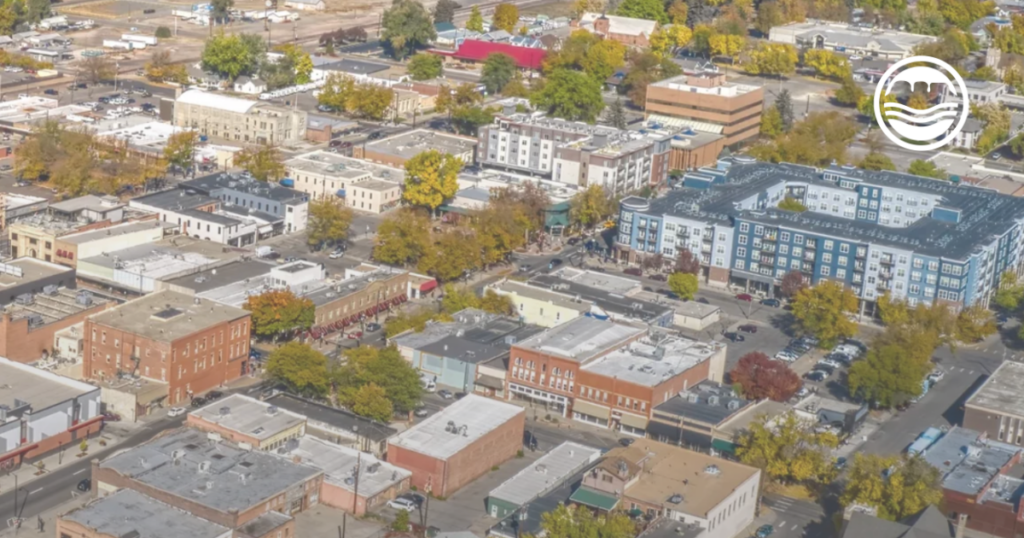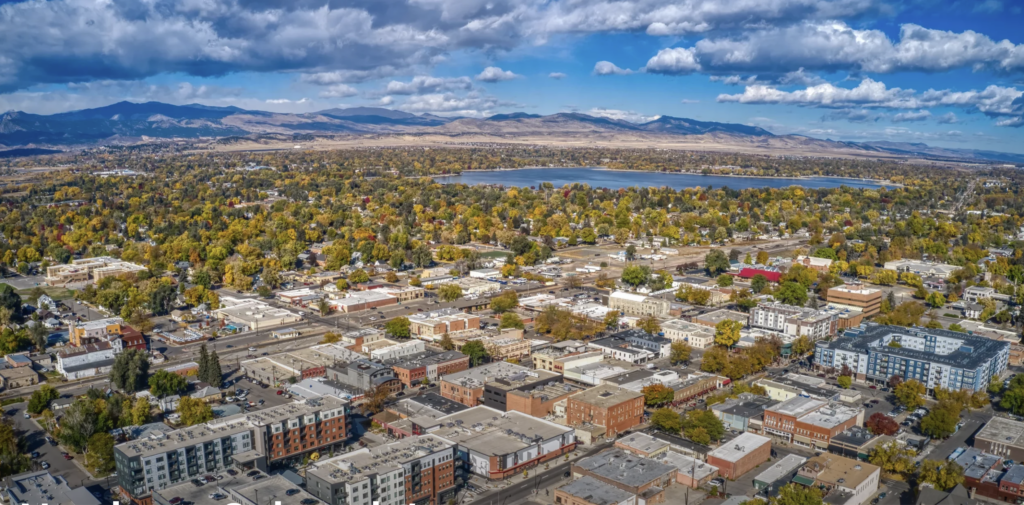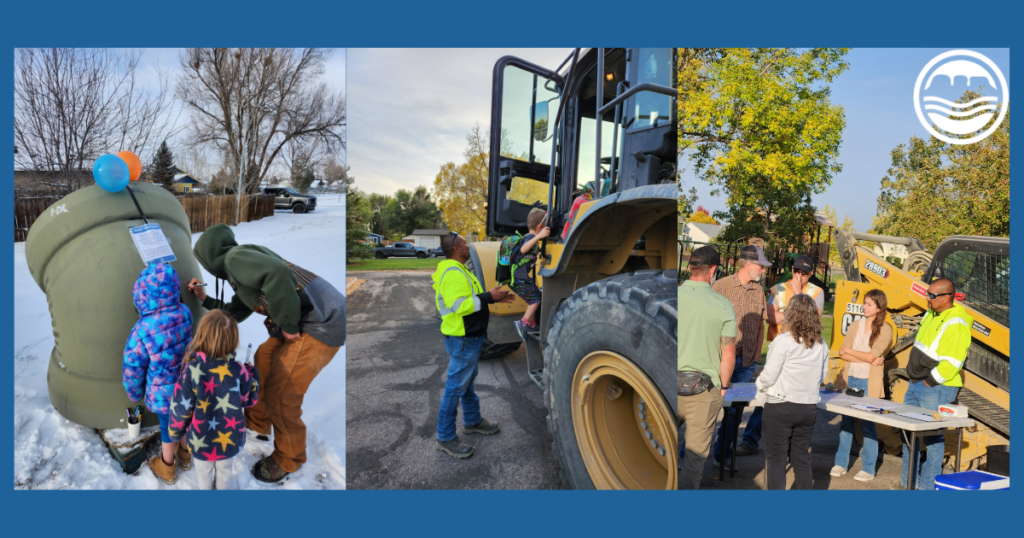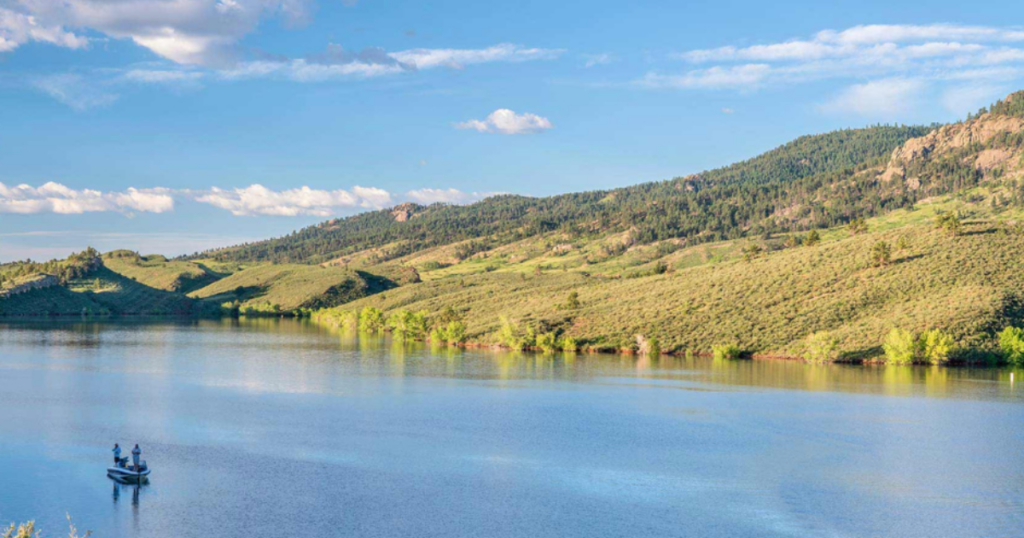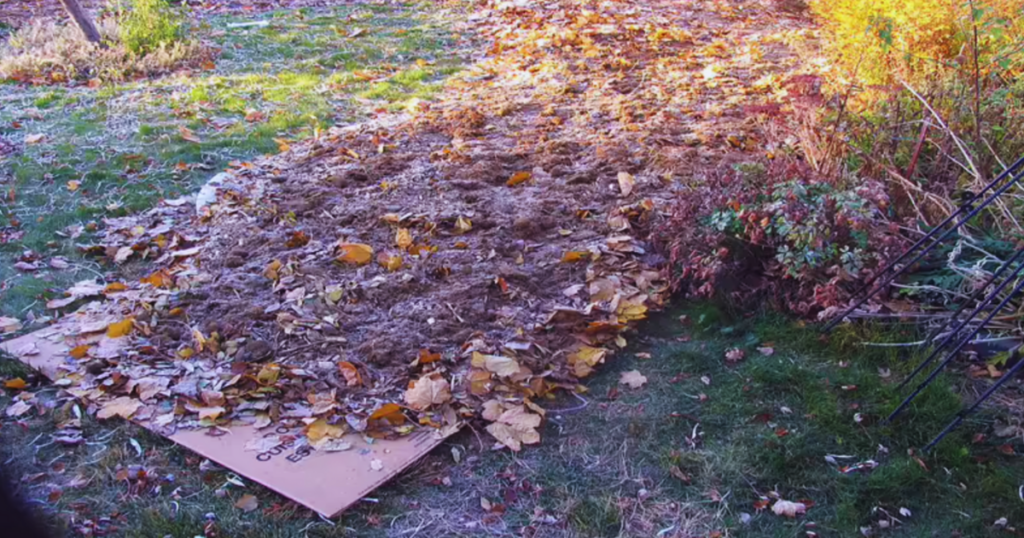This blog is the third installment of our Capital Funding series, where we examine the ways the Fort Collins-Loveland Water District is planning for the future and are funded through various initiatives and fees. This particular post covers growth. To read the first two installments, visit here.
Everywhere you go, everyone is talking about growth. It’s hard to miss! Driving around the region, all one needs to do is peer out the car window to see new developments popping up all around. The area’s growth comes with its perks and challenges, from the surge of vibrant energy from newcomers to the surge of traffic from new commuters. For the FCLWD, growth certainly presents its unique challenges. Since 1961, we’ve provided high-quality water to businesses and citizens in parts of Fort Collins, Loveland, Timnath, Windsor and Larimer County, and we’re passionate about continuing that mission responsibly and equitably.
As a customer, you might have a number of questions about the District’s relationship with growth; like how we can best plan for growth trends or the status of our current and future capacity. Well, you’ve come to the right place. Read on!
A Snapshot of the District
With all the recent growth, many customers might think that the District must be close to full build-out. Not quite. Actually, not even close. Our long-range planning estimates that the District will be fully built-out at 40,000 water taps, and we’re currently sitting at 19,000 active. At our current pace, we’re anticipating reaching 50-percent capacity by 2025.
That may be a relief to some, but we certainly don’t take the available capacity for granted. Growth is tricky, dynamic and gets increasingly more challenging the more taps we provide. That’s largely due to two reasons. The first reason is that our region’s water supply is getting stretched thinner and becoming more expensive. The second reason is that new developments are increasingly located in more difficult places to reach.
This is primarily why one of our guiding principles is, “Begin with the end in mind.” We approach each new expansion by anticipating where the District will be at its full buildout. Decisions we make today must line up with our mission tomorrow and well into the future.
It all begins with planning.
How the District Plans for Growth
The FCLWD is in interesting an position with relation to the region’s growth. As a utility service provider, we are many things to many customers, but one thing we’re not is a land use authority. A land use authority is a group or organization with the authority to zone, grant and define the use of land under its jurisdiction.
Where does that position the District? Well, since we’re not planning the use of land in our service area, we’re mostly reactive to the growth our area is experiencing. That means we’re constantly in preparation mode, planning for a variety of scenarios that may come our way.
Since our mission is to provide high-quality, secure, reliable, and affordable water to customers, regardless of where we sit in the area’s development plans, we’ll continue to live up to that mission. Whether customers have been with us for decades or they’re newly tapped, we’re always planning and preparing for how to best serve them.
So, how do we do our due diligence to ensure service is sustained for all customers and provided responsibly? We have many strategies. The primary one is our “Growth to pay its way” approach to planning. Since we’re largely reactive to growth plans, this ensures that existing customers aren’t footing the bill for new subdivisions and business parks in the area. More on that strategy can be found in the second installment of our Capital Funding series. While that covers a large aspect of how we plan for funding, we have many approaches to planning for growth as it concerns our resources and infrastructure.
For starters, we constantly reference land use planning studies provided by the City of Fort Collins, City of Loveland, Town of Timnath, Town of Windsor and Larimer County. This gives us a snapshot of where the city is focusing its potential development initiatives. Existing infrastructure hydraulic models are another fantastic resource. Additionally, we also reference our Water Resource Plan. While the plan is revisited every five years and adjusted to current trends, it also acts as a fantastic guiding hand during our more everyday planning. And, out of due diligence, we also plan for worst-case scenarios, such as drought.
All of this information and insight is collected and funneled into our analysis, which helps guide our preparation for when, where and how much expansion will occur (and cost!).
How You Can Help
Now that you have a better understanding of our approach to growth, you might be asking yourself, “Is there anything I can do to help?” There certainly is!
Infrastructure accounts for a sizeable chunk of our operating budget, so healthy infrastructure means a healthy budget. FCLWD customers can help address growth by practicing smart water conservation. That can be as easy as doing occasional sweeps for leaky pipes in your home, or a running toilet.
We’re all in this together, so participation of any kind is appreciated.
Keep in Touch with the District
Growth is just one of the many trending topics surrounding our District, and since these topics are often dynamic, we do our best to keep every customer informed. If you want to stay abreast to all of the happenings, the best place to start is on our blog. That’s where you’ll find some of the more “deep dive” information. For day-to-day updates, make sure to follow us on Facebook.
 Skip to content
Skip to content


